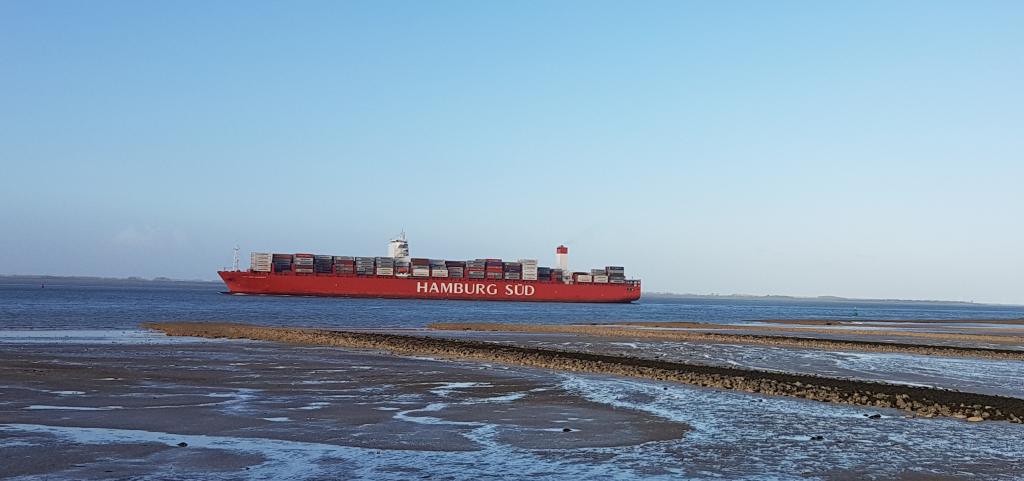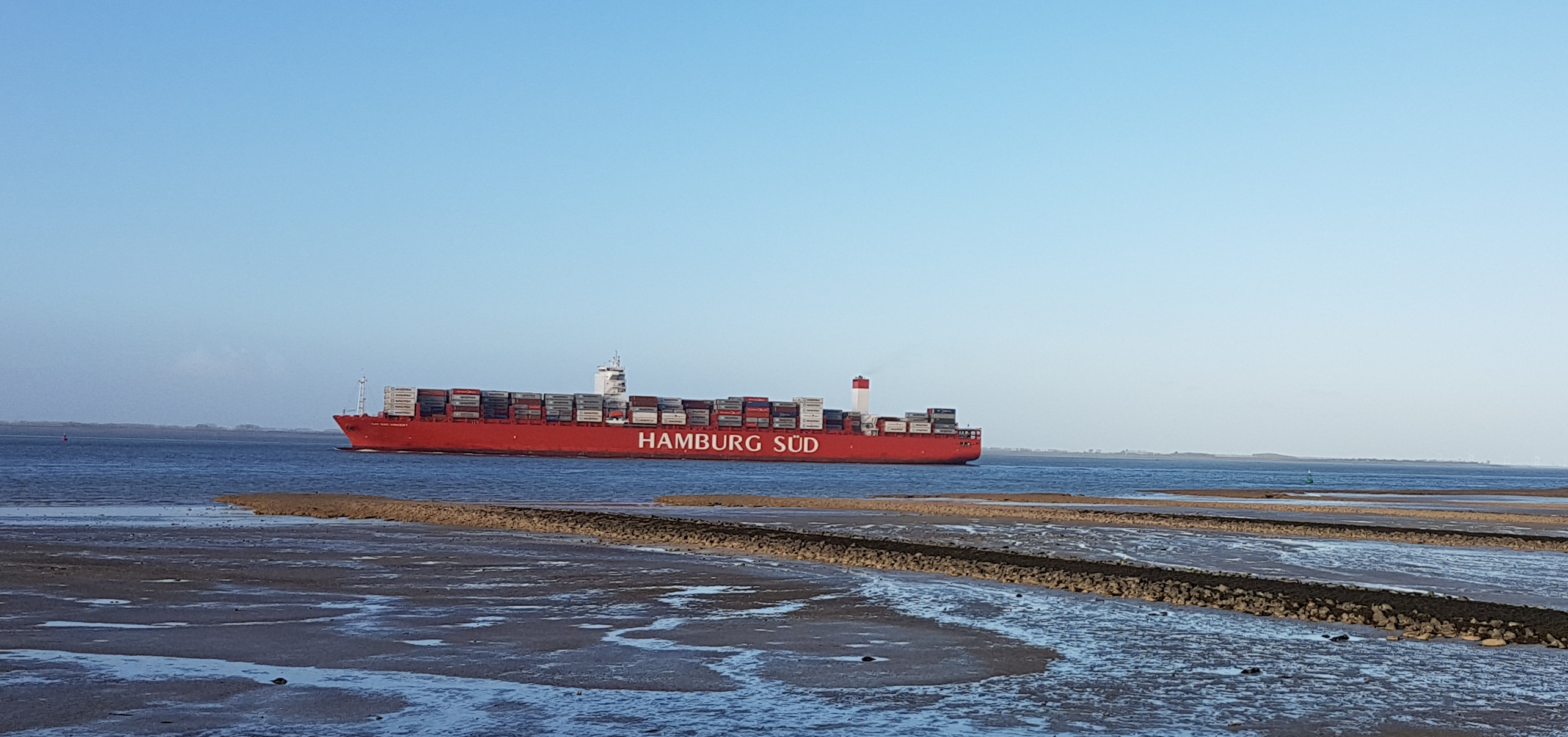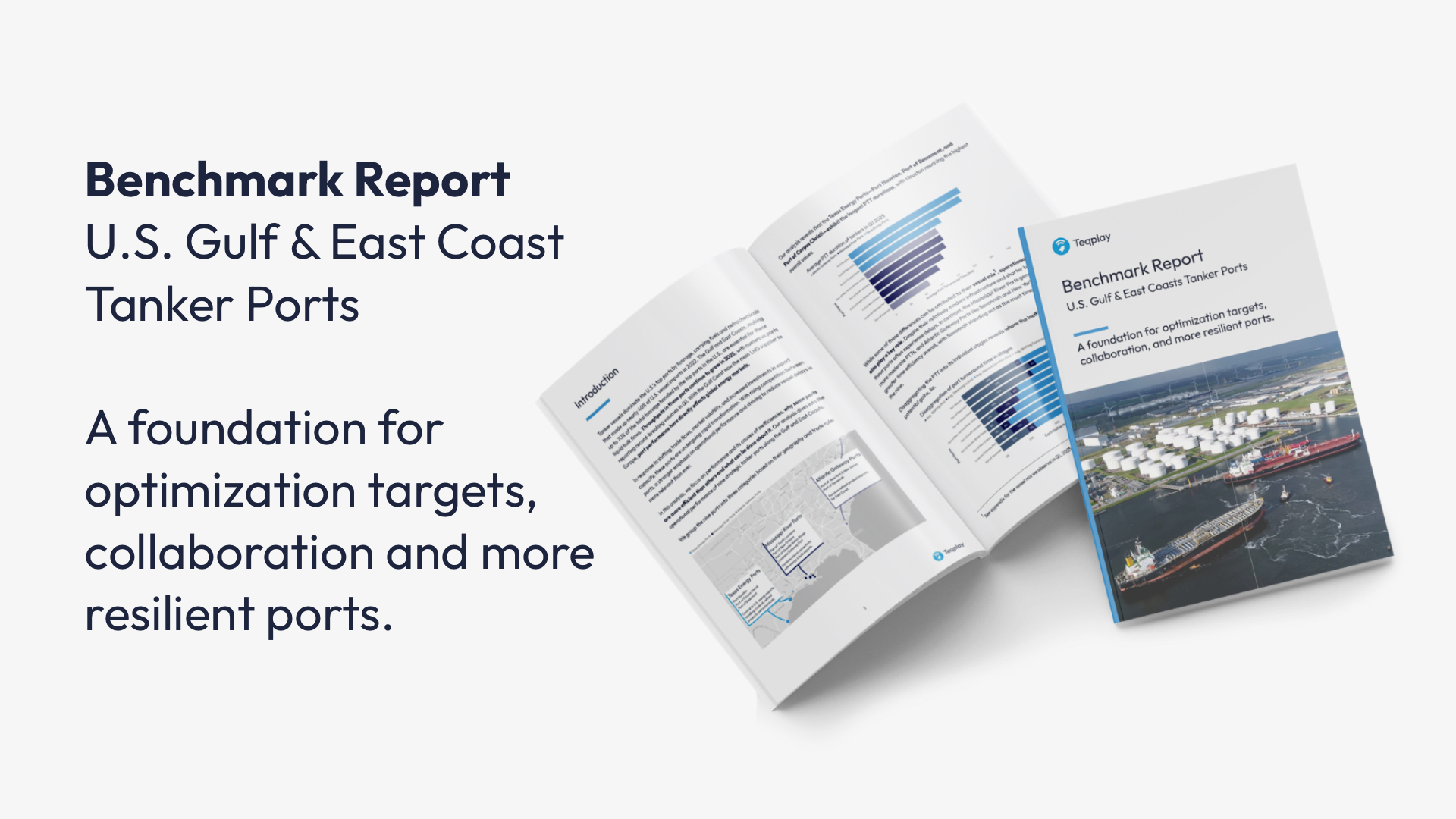by Dominique de Jonge
Unintentionally I’ve always been connected to the maritime industry in some way. Growing up at the shores of the Westerschelde I watched vessels passing by to the port of Antwerp or the Noordzee and on the Canal from Ghent to Terneuzen. With a short detour I returned to my roots and nowadays I live close to the Westerschelde again. In all those years the vessels have changed, both in size and number. It might be one of the most visible changes, but these days the maritime industry is going through an impressive transformation. Yes, it’s the D-word: digitalization.
Old is better?
When I ask my grandmother she would probably tell you things were so much better in the past. And maybe she’s right. But only when things would have remained the same. And they haven’t. New technology comes into our lives every day, changing our perspectives.
Before the Industrial Revolution vessels were (un)loaded by man power. Then machines and cranes entered the scenery and less human labor was required. These days containers are loaded to a vessel completely autonomous. But I’m pretty sure the stevedores in the early 1700’s were convinced machines and cranes were no good. And in the transition of machines and cranes controlled by humans to completely autonomous executing cranes that are driven by technology, many of us were skeptical and questioning if we really could rely on technology for such operations.
Why are we so hesitant when it comes to change? I think the answer is simple: you can’t miss what you don’t know and that makes us insecure and uncomfortable. If you think using Excel spreadsheets and multiple phone calls and emails are the way to manage and monitor port call operations, it’s hard to believe that there’s an easier, more reliable and efficient way that will save you in the end lots of time and costs and reduce emission.
The future is Digital
“Digitalization has the potential to add wind to the sails of global seaborne trade, if leveraged effectively”.
Mukisha Kituyi in UNCTAD-Review of Maritime Transport 2018
These days the majority of us don’t even question if digitization is a choice. Back in 2018 the UNCTAD already concluded in their “Review of Maritime Transport”-report that “ports and terminals worldwide need to re-evaluate their role in global maritime logistics and prepare to effectively embrace and leverage digitalization-driven innovations and technologies.”
Fast forward to 2022 the first steps into a data-driven industry have been made. Still, despite the many benefits of digitalization, progress has been slow and uneven, according to the World Bank-IAPH report: Accelerating Digitalization Across the Maritime Supply Chain.
How can digitalization be an opportunity for the maritime industry?
The principle is simple: combining all sorts of (public) data tells you the story of the vessel. Historical, current and future whereabouts can be used for endless applications. For example to make a port stay more efficient and realize the shortest port turnaround time.
Data-driven technology has many advantages. Diminishing the risk of human errors, better utilization of assets, less waste of human capital and improving real time decision making. Instead of depending on other people or websites, digitalization gives us the chance to be fully in control and proactive in managing port call and terminal operations. With a growing world population to 8 billion in 2030 that will result in an immense increase in the demands for goods, resources, energy and infrastructure, we as the maritime industry have to prepare ourselves. We have to adapt, learn and take opportunities as they appear.
The only way is forward
The only way is forward and at Teqplay we believe that’s the way of digitalization of our industry. It’s scary and exciting at the same time. What if my beloved container vessels I see on their way to Antwerp will be sailing autonomously one day? To be honest, it’s quite a shocking thought. But that doesn’t mean it’s a bad thing. It means we have to adapt and take opportunities as they come along. For our industry it means embracing data-driven technology and taking advantage of it to make better informed decisions. Get those spot-on timestamps and detailed and accurate insights and predictions. And with the time and costs it saves you, I invite you to come for a walk on the Westerschelde dike to enjoy those beautiful container giants, whether they are steered by humans or autonomous!

Sources and attributions:




